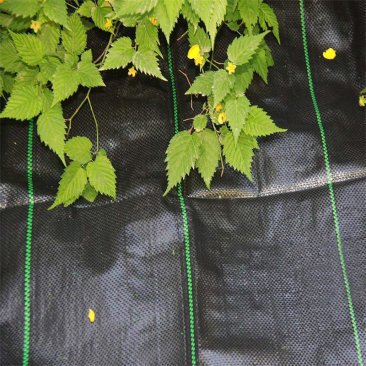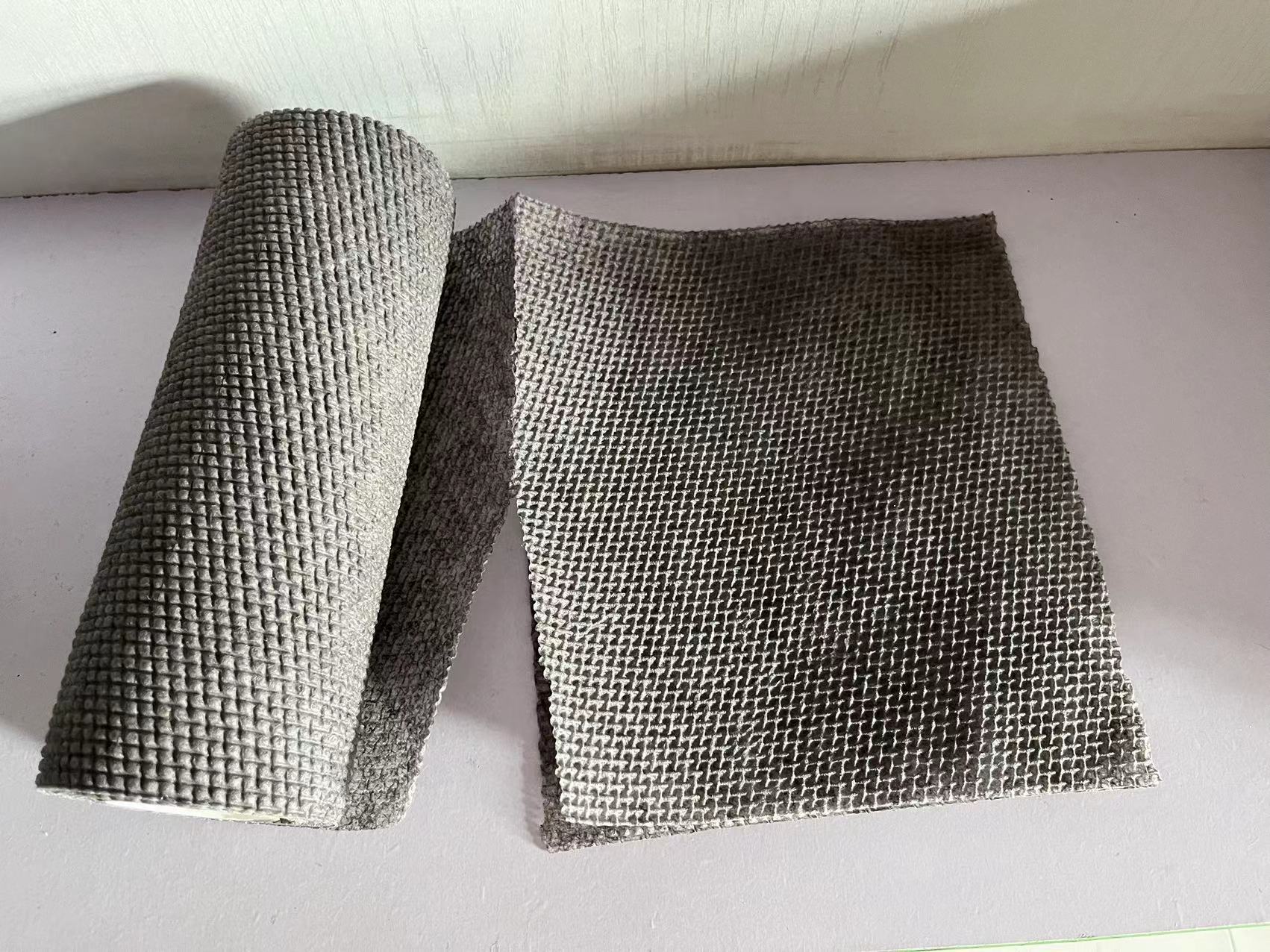11
2025
-
05
Exploring Spunbond Nonwoven Fabric: Versatility and Applications
Spunbond nonwoven fabric is a type of fabric that is produced by bonding fibers together through a process known as spunbonding. This method involves extruding thermoplastic fibers, which are then laid down in a web and bonded using heat, pressure, or adhesives. The result is a lightweight, durable fabric that has become increasingly popular in a variety of applications due to its unique propertie
Spunbond nonwoven fabric is a type of fabric that is produced by bonding fibers together through a process known as spunbonding. This method involves extruding thermoplastic fibers, which are then laid down in a web and bonded using heat, pressure, or adhesives. The result is a lightweight, durable fabric that has become increasingly popular in a variety of applications due to its unique properties.
One of the major advantages of spunbond nonwoven fabric is its excellent strength and durability. Unlike traditional woven fabrics, spunbond fabrics have a random fiber arrangement, which provides enhanced tear resistance and overall performance. This makes it suitable for applications where longevity is crucial, such as in geotextiles, agricultural covers, and various industrial uses.
The versatility of spunbond nonwoven fabric extends to its functionality. For instance, it can be engineered to possess additional properties like water resistance, UV protection, and antimicrobial features. This adaptability allows manufacturers to tailor the fabric for specific needs, making it ideal for medical applications, such as surgical gowns and masks, where hygiene and barrier properties are vital.
Another significant benefit of spunbond nonwoven fabric is its environmental impact. Being made from recyclable materials, it can be an eco-friendly alternative to traditional fabrics. Moreover, the production process is often less resource-intensive compared to conventional textile manufacturing methods, contributing to a smaller carbon footprint.
In the realm of consumer products, spunbond nonwoven fabric is found in a variety of items, including shopping bags, home textiles, and disposable products. Its lightweight nature and cost-effectiveness make it a preferred choice for manufacturers looking to innovate while maintaining affordability.
In summary, spunbond nonwoven fabric is a remarkable material with a wide array of applications across multiple sectors. Its strength, versatility, and environmental benefits position it as a leading choice for industries ranging from healthcare to agriculture. Understanding the unique qualities of spunbond technology can help businesses leverage its potential to create innovative and sustainable products that meet the evolving demands of consumers. As the demand for functional and eco-conscious materials continues to grow, spunbond nonwoven fabric is likely to play an increasingly important role in the future of textiles.
One of the major advantages of spunbond nonwoven fabric is its excellent strength and durability. Unlike traditional woven fabrics, spunbond fabrics have a random fiber arrangement, which provides enhanced tear resistance and overall performance. This makes it suitable for applications where longevity is crucial, such as in geotextiles, agricultural covers, and various industrial uses.
The versatility of spunbond nonwoven fabric extends to its functionality. For instance, it can be engineered to possess additional properties like water resistance, UV protection, and antimicrobial features. This adaptability allows manufacturers to tailor the fabric for specific needs, making it ideal for medical applications, such as surgical gowns and masks, where hygiene and barrier properties are vital.
Another significant benefit of spunbond nonwoven fabric is its environmental impact. Being made from recyclable materials, it can be an eco-friendly alternative to traditional fabrics. Moreover, the production process is often less resource-intensive compared to conventional textile manufacturing methods, contributing to a smaller carbon footprint.
In the realm of consumer products, spunbond nonwoven fabric is found in a variety of items, including shopping bags, home textiles, and disposable products. Its lightweight nature and cost-effectiveness make it a preferred choice for manufacturers looking to innovate while maintaining affordability.
In summary, spunbond nonwoven fabric is a remarkable material with a wide array of applications across multiple sectors. Its strength, versatility, and environmental benefits position it as a leading choice for industries ranging from healthcare to agriculture. Understanding the unique qualities of spunbond technology can help businesses leverage its potential to create innovative and sustainable products that meet the evolving demands of consumers. As the demand for functional and eco-conscious materials continues to grow, spunbond nonwoven fabric is likely to play an increasingly important role in the future of textiles.
spunbond nonwoven fabric












